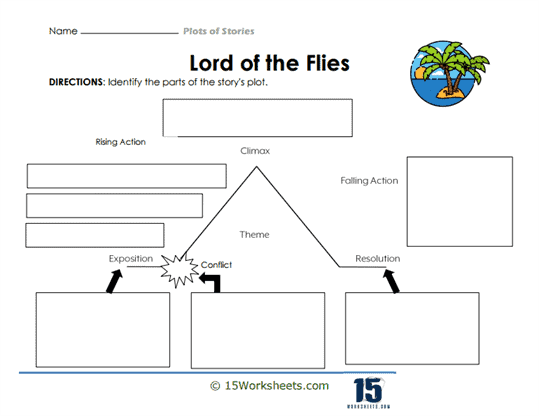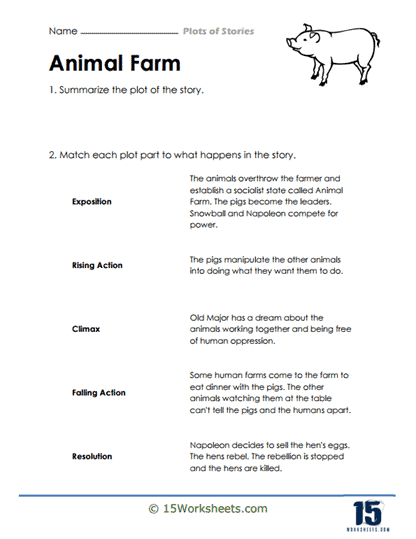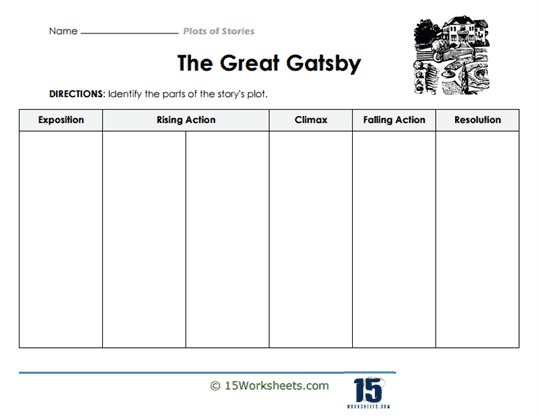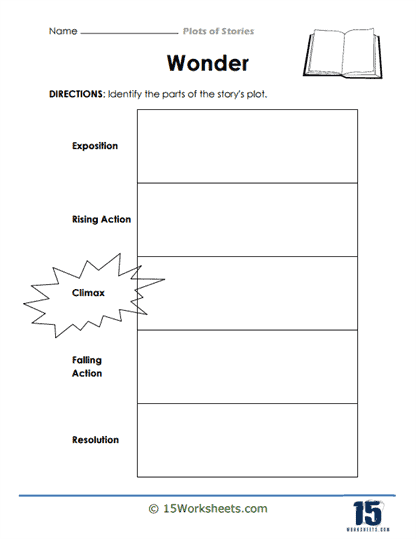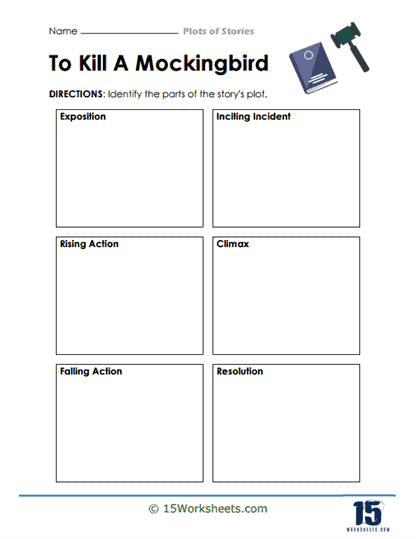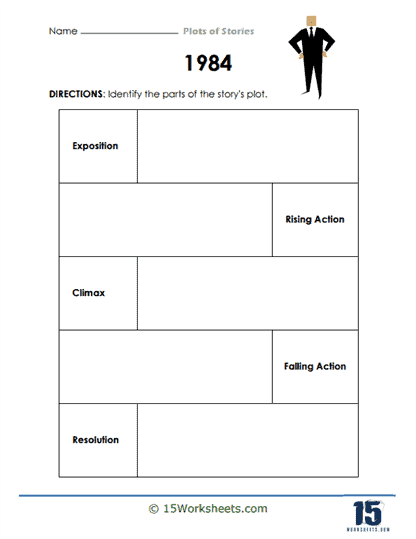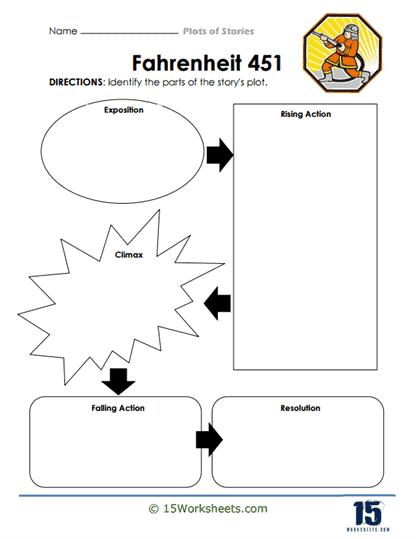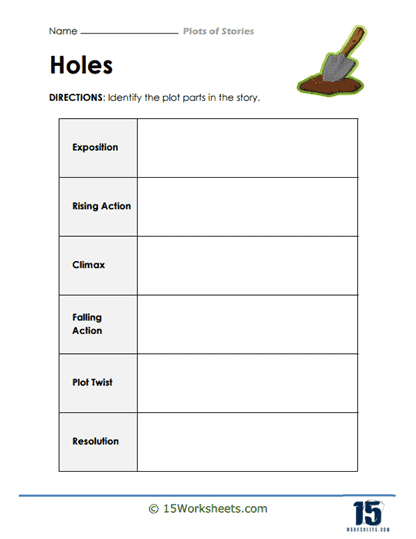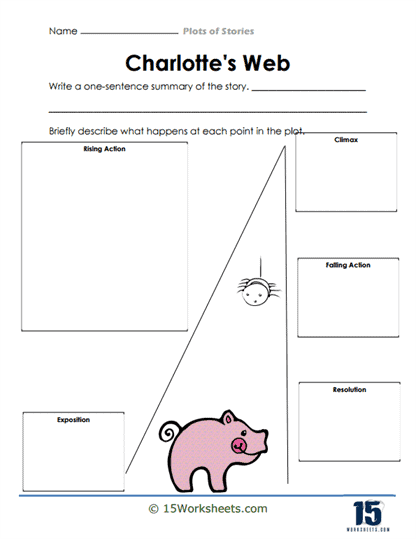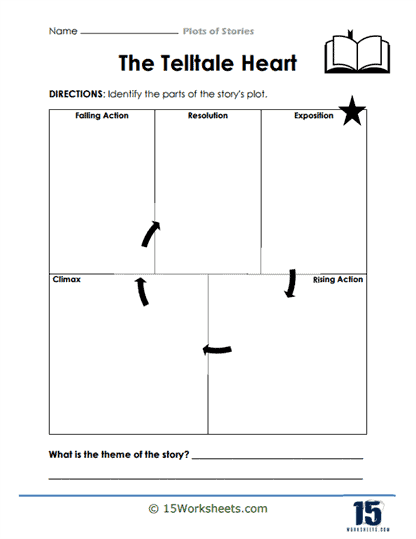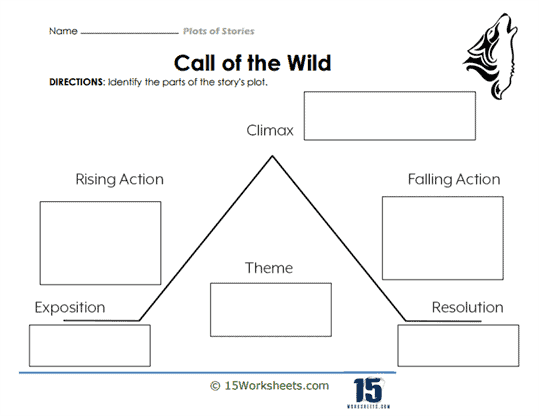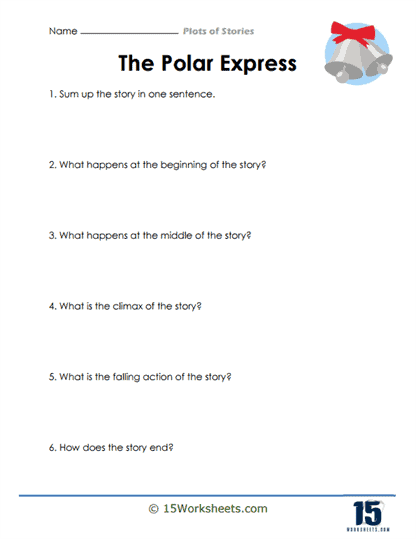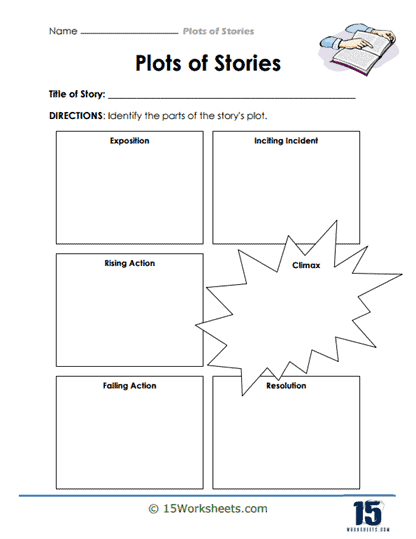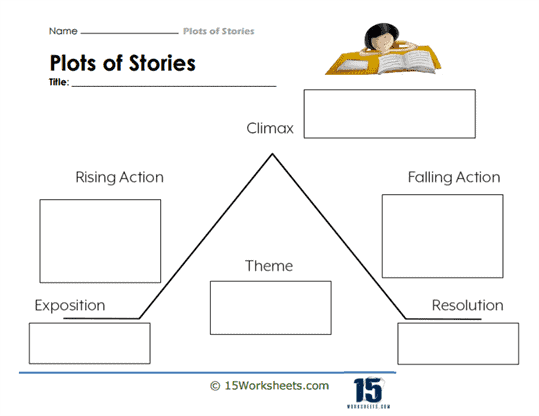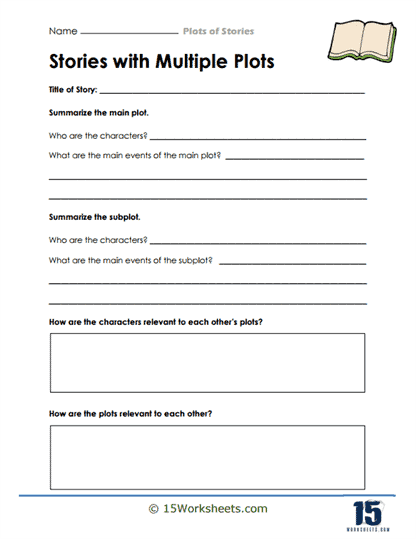Plots of Stories Worksheets
All About These 15 Worksheets
These worksheets will help students understand and analyze the plot structure of narratives. These worksheets typically feature activities and exercises that guide students through the elements of a story’s plot, including the exposition, rising action, climax, falling action, and resolution. By working with these worksheets, students can enhance their comprehension of storytelling and develop their analytical skills.
What Are The Benefits?
Plot Structure and Sequencing
Worksheets on plots of stories break down the different components of a narrative’s plot structure. They provide definitions and explanations of terms such as exposition, rising action, climax, falling action, and resolution. Students learn to identify these elements within a story and understand how they contribute to the overall structure and development of the narrative.
These worksheets include activities where students are required to sequence the events of a story in the correct order. This helps students grasp the chronological flow of the narrative and understand how events build upon each other to create a coherent plot. Sequencing activities also improve students’ reading comprehension and their ability to identify cause-and-effect relationships in a story.
Determine Plot Elements
Worksheets prompt students to identify and analyze specific plot elements within a story. They may include questions or exercises that require students to identify the exposition, main conflict, climax, or resolution of a narrative. By engaging with these activities, students develop a deeper understanding of how plot elements function and contribute to the overall narrative structure.
Plots of stories worksheets encourage students to analyze the development of the plot over the course of a narrative. Students may be asked to identify key turning points, conflicts, or character motivations that drive the plot forward. These exercises develop students’ analytical skills and their ability to recognize how the plot’s development influences the story’s overall meaning and impact.
How to Find the Plot of a Story
Begin by reading the story carefully and attentively. Pay close attention to the sequence of events, the actions of the characters, and any conflicts or challenges that arise. Familiarize yourself with the setting and the main characters involved. You will then focus on grasping the follow 5 plot elements:
Exposition – The exposition is the introductory part of the story where the main characters, setting, and basic background information are presented. Look for clues in the beginning of the story that provide context and set the stage for what’s to come.
Rising Action – The rising action is the series of events that build tension and lead up to the story’s climax. It includes the challenges, conflicts, and obstacles that the characters face as the story progresses. Take note of the key events and developments that increase the story’s intensity and move the plot forward.
Climax – The climax is the turning point or the most intense moment in the story. It is the point at which the conflict reaches its peak or the main character makes a significant decision or revelation. Identify the moment in the story that has the greatest impact or brings about a significant change.
Falling Action – The falling action follows the climax and shows the consequences or aftermath of the climax. It reveals how the conflict is resolved or how the story’s tensions start to unwind. Pay attention to the events that occur after the climax and how they lead towards the story’s resolution.
Resolution – The resolution is the conclusion of the story where loose ends are tied up, and the main conflict is resolved. It provides closure and reveals the final outcome or fate of the characters. Look for the point in the story where the conflicts are resolved, and the story comes to a satisfying or meaningful conclusion.

